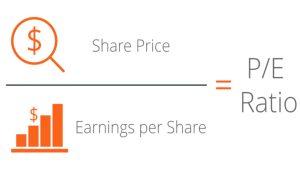Current ratio vs Quick ratio – Before investing in a stock, investors should use financial analysis to assess a business financial performance. It needs a variety of formulas, ratios, and equations to assess a business’s total fundamental power. When it comes to fundamental research, liquidity ratios serve a critical role in the different strategies used by investors.
Liquidity ratios, like the current ratio & quick ratio, will give you a better idea if a business can satisfy its debt obligations once they become due. A business with a high liquidity ratio is often preferred by customers because it demonstrates the organization’s financial stability.
Difference between quick ratio and current ratio?

The following are among the key differentiators between the current ratio and the quick ratio which you must be aware of.
| Current ratio | Quick ratio |
| The Current Ratio seems to be a more optimistic way in calculating a business’s capacity to cover its Debt. | The Quick Ratio would be a more rigid and cautious method to calculating a business’s capability to repay debt. |
| This ratio is meant to measure the relationship between a business’s current assets and current liabilities. | This ratio is meant to determine the ratio of a business’s highly liquid assets to its current liabilities. |
| This ratio takes into account all of the business’s current assets | This ratio mainly considers the business’s current assets which could be converted to cash in fewer than 90 days. |
| A business’s inventory is included in the current ratio. | A business’s inventories are not included in the Quick Ratio. |
| Although any ratio greater than one is acceptable, the current ratio of 2:1 is preferred. | It is better to have a quick ratio of 1:1. |
| For businesses with a large inventory, the current ratio will probably be high. | For businesses with a large inventory, the quick ratio will probably be not affected by it. |
As, both the ratios tend to be very identical at initial impression, the distinction among current ratio & quick ratio is very obvious. That being said, rather than feeling overwhelmed in the current ratio vs quick ratio debate, as an investor, it might be a smarter choice to utilize all of these ratios in tandem to calculate a business’s level of liquidity.



